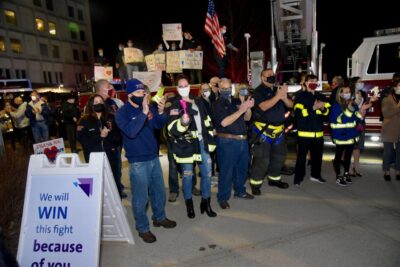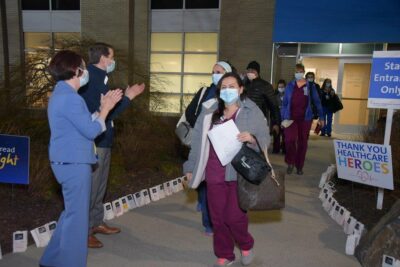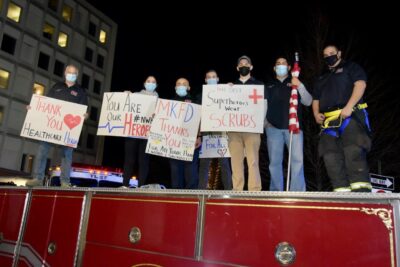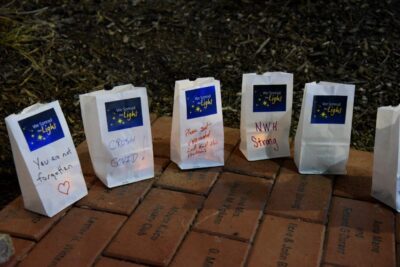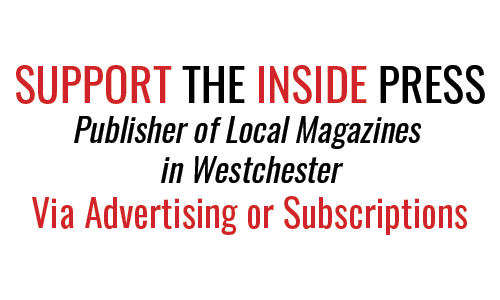Chicken soup saved me through a bout with COVID in December. I was a vaccinated, boosted COVID virgin who hadn’t experienced so much as a sniffle through this pandemic. All the vaccine precautions combined with masking and social distancing, and Empty Nest living, kept me safe, I’m certain. At some point however, COVID weary fatigue kicked in. I had begun to assume a distinct air of COVID invincibility, many of you know it, a sense of “Well, if it hasn’t got me yet, maybe I have a special immunity to it.” Then, boom, the alien virus, forever mutating (was it Delta, Alpha or Omicron that got me?) settled on a new unlucky host–me–following travel to Spain and Morocco to visit my son. I had made travel plans as soon as I could to visit my son abroad, shelving any lingering pandemic fears.
But I return to Chicken Soup. My main purpose in writing this is to confirm its reputation as ‘Jewish Penicillin’. In the immediate days following testing positive, I dreamed of cooking a great big batch, but admittedly I was too sick–with COVID striking from multiple ends of my compromised human being. This bug is still no joke, au contraire, and I’m not here to make light of it, truly, so I digress to add that no one on Facebook seemed particularly phased by my ‘I’m Sick with COVID’ announcement. The comments were soft and understated, of the ‘Feel Better!’ variety versus ‘OMG, Grace, we are praying for you!’–utterly unsatisfying! We have entered a period of the COVID blahs and blues versus the dire stage of everyone rushing to write their wills. I felt cheated of more angst-ridden responses.
Despite my COVID barely impressing anyone, I was duly concerned for myself as it peaked. I chatted with friends who still had a healthy respect for COVID’s wrath, and one friend loaned me her oximeter to track my oxygen level. It became a favorite past time! When a low fever kicked in, I also called my doc to ask him if I could die. I asked about PaxelIAmLivid (the I got COVID after being vaccinated and boosted drug). From his voice mail, I knew he would not be whipping out his prescription pad. “You’re a healthy older woman, not elderly, and without any underlying conditions. But if you want to discuss it, let me know.” A pause followed. “If it gets bad though, go to an emergency room.” Because clearly, he was not coming anywhere near me. I was on my own.
In the immediate aftermath of my breaking news, a couple dear friends brought over containers of Chicken Soup from local places (one wellness package included a bottle of red wine, which would come in handy). The donated soup, pretty good and much appreciated, was gone after a couple repeat episodes of Handmaid’s Tale. As any Jewish mother knows, I needed bottomless pots of my homemade broth to drown the sucker! I also didn’t want to die of COVID with a dipping portfolio exacerbated by food inflation, on account of too many soup deliveries. I plotted my chance to brew my own for totally indulgent personal consumption and for considerable cost savings too.
Finally, following a supermarket delivery of the key ingredients, I rolled up my pajama sleeves, and at long last, prepared my own personal Pot. I readied myself for continuous ingestion to surely zap this unwelcome invader.
Scrolling social media reels? Interrupted only by slurps of soup. Addressing emails after my away message went away? Great big bowl of soup. During episode 7 of Fleishman is in Trouble? Two big bowls. I desperately wanted Claire Danes to feel better, too, and would have loved to have shared some soup with her.
I am happy to report that my efforts were worthwhile. Chicken Soup soothed me, nurtured me, and I firmly believe fast forwarded my illness. Did it cure me? I’m not sure, as the aftermath of COVID has continued in the form of a chronic cough and chest congestion. Still, a firm believer that eventually My Soup will assume a final victory, I continue to whip up batches. In Chicken Soup, I trust. I am completely and unequivocally indebted to this miracle bird when it is infused with the healing ingredients from nature’s bounty.
My broth’s slurp worthy secrets were inspired in me, by my mother, and grandmother, and from generations of long-suffering ancestors who understood the value of a Chicken centuries before I ever did. The real COVID Buster in my story, however, was my own modern-day spin on Mom’s recipe–fistfuls of chopped garlic and ginger and mad dashes of turmeric, and a splash of that gifted red wine, too.
A few people have asked for the recipe. Apologies, but I am holding it hostage for a sizeable ransom. Still, if I’m deluged with letters asking, I’ll consider publishing it in the May/June edition. Or perhaps send your own favorite (& healing) soup recipe! Write to Grace@insidepress.com with the subject line: Ode to Chicken Soup.

 By early January of 2020 researchers in China had sequenced and published the genetic code for the SARS – CoV 2, an RNA Coronavirus. The WHO quickly renamed it Covid 19. Before we recognized we were heading toward a monumental pandemic, companies around the world began developing vaccines. Within three months, Moderna, using two remarkable new vaccine technologies, began its first clinical trial. As everyone now knows, months later, the company garnered the coveted “emergency use” designation by our government. Pfizer and other companies were not far behind.
By early January of 2020 researchers in China had sequenced and published the genetic code for the SARS – CoV 2, an RNA Coronavirus. The WHO quickly renamed it Covid 19. Before we recognized we were heading toward a monumental pandemic, companies around the world began developing vaccines. Within three months, Moderna, using two remarkable new vaccine technologies, began its first clinical trial. As everyone now knows, months later, the company garnered the coveted “emergency use” designation by our government. Pfizer and other companies were not far behind.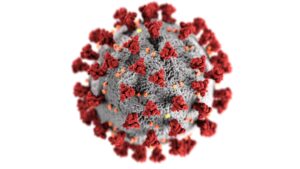 Second, we have the expected genetic mutations that occur in all RNA viruses. These mutations are called “variants” in the press. Genetic mutations are expected, but especially so in rapidly mutating RNA viruses. Why? Because RNA viruses are really good at following Darwin’s principles, too. The job of any organism is to develop a method to survive long term. Viruses follow survival of the fittest, and, by definition, genetic mutations, or variants, are hardier and more lethal. The only way they can survive is by mutating. (A current lethal variant circulating in India and now Great Britain is the Delta variant; current estimates suggest this mutation now constitutes 6% of all U.S. cases.)
Second, we have the expected genetic mutations that occur in all RNA viruses. These mutations are called “variants” in the press. Genetic mutations are expected, but especially so in rapidly mutating RNA viruses. Why? Because RNA viruses are really good at following Darwin’s principles, too. The job of any organism is to develop a method to survive long term. Viruses follow survival of the fittest, and, by definition, genetic mutations, or variants, are hardier and more lethal. The only way they can survive is by mutating. (A current lethal variant circulating in India and now Great Britain is the Delta variant; current estimates suggest this mutation now constitutes 6% of all U.S. cases.)